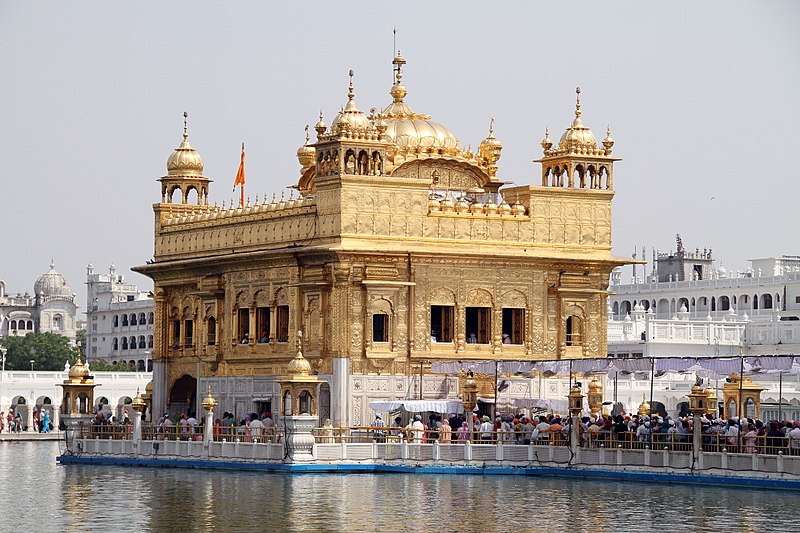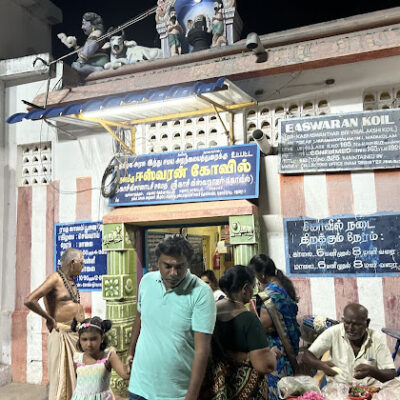Sri Golden( Harmandir Sahib)Temple- Punjab

Address
Sri Golden ( Harmandir Sahib) Temple- Golden Temple Rd,
Atta Mandi, Katra Ahluwalia, Amritsar, Punjab 143006
Deity
“Harmandir Sahib”
Introduction
- Location: Amritsar, Punjab, India.
- Also Known As: Harmandir Sahib, Darbār Sahib.
- Significance: Preeminent spiritual site of Sikhism, known for its stunning golden dome and sacred status.
Puranic Significance
- Historical Background: Founded by Guru Ram Das in 1577 with a man-made pool. The gurdwara was completed by Guru Arjan in 1604, who also placed a copy of the Adi Granth (Sikh scripture) inside. The temple has been rebuilt several times due to invasions and damage, most notably by Maharaja Ranjit Singh in the early 19th century, who overlaid it with gold foil.
- Conflict: The temple was a center of conflict in the early 1980s during Operation Blue Star, which caused significant damage. It has since been rebuilt.
Special Features
- Architecture: The temple features a square plan with four entrances, symbolizing openness to all people and faiths. It stands on a 67-ft square of marble and is two-storied. The upper half is adorned with approximately 400 kg of gold leaf.
- Complex: The temple complex includes:
- Akal Takht: The chief center of Sikh religious authority.
- Clock Tower: Houses the Central Sikh Museum.
- Langar: A free community kitchen serving meals to all visitors.
- Garden and Baba Atal Tower: Located to the south of the temple.
- Granth Sahib: The Sikh holy scripture, kept in the temple during the day and moved to the Akal Takht at night.
- Jubi Tree: Believed to possess special powers, planted by the temple’s first high priest, Baba Buddha
- Visitors and Practices
- Daily Visits: Over 100,000 people visit daily; this number increases to 100,000 on special occasions.
- Visitor Guidelines: Visitors must cover their heads and remove their shoes before entering. The temple practices inclusivity, offering free meals regardless of background.
- UNESCO Status: The gurdwara complex is nominated as a UNESCO World Heritage Site, pending on the tentative list.
- The Golden Temple remains a symbol of unity and spirituality, reflecting Sikh values and welcoming all visitors with open arms.
Century/Period/Age
1589 (temple), 1604 (with Adi Granth)
Managed By
UNESCO World Heritage Site.
Nearest Bus Station
Amristar
Nearest Railway Station
Amristar Station
Nearest Airport
Sri Guru Ramdass International airport – Amristar




